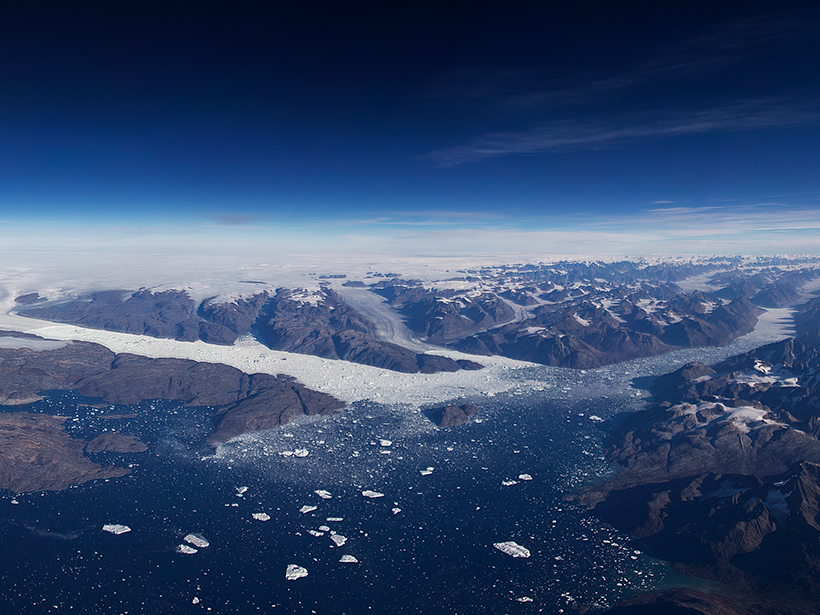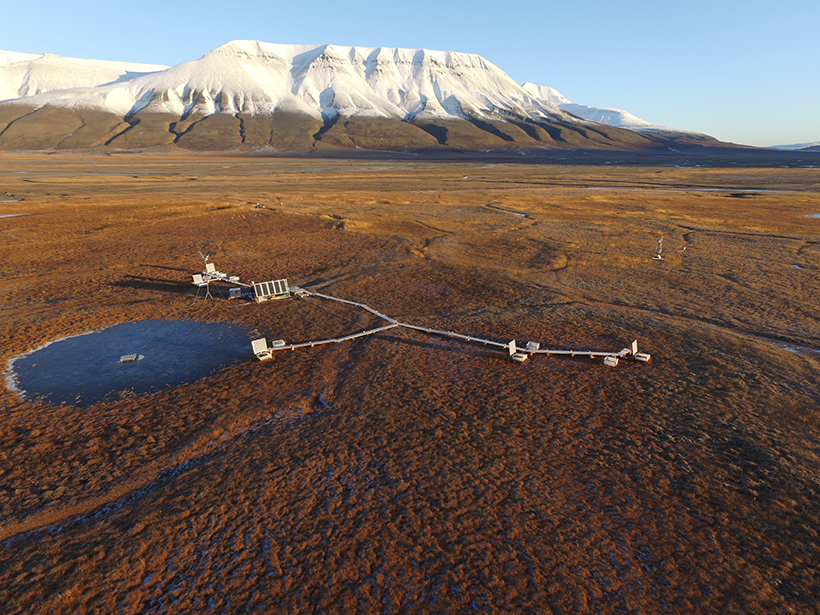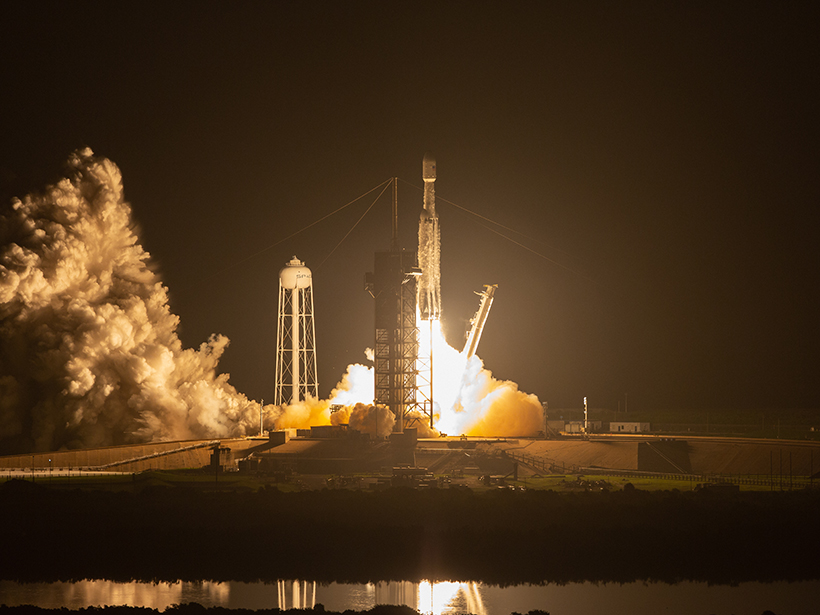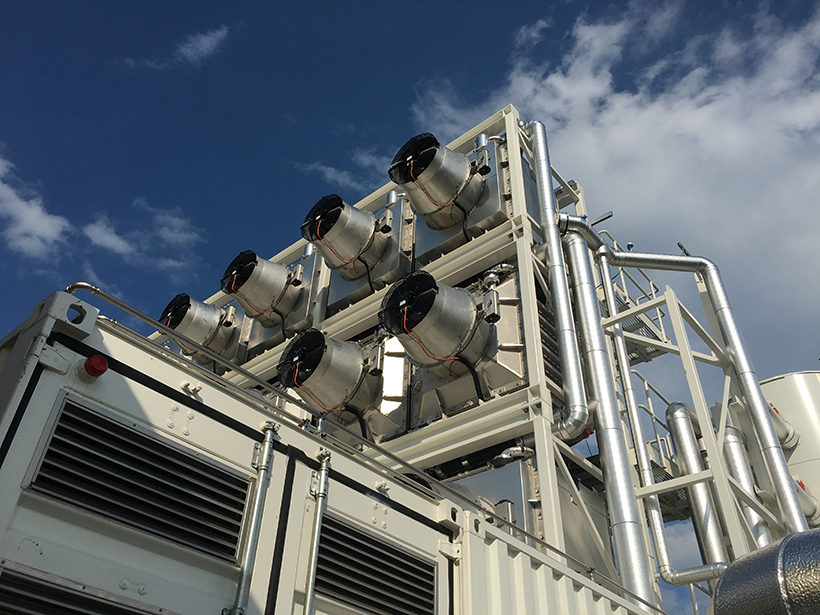Current calculations might underestimate the susceptibility of Los Angeles to earthquake shaking, so researchers and volunteers are deploying seismic networks near the city to remedy a data shortage.
Science Updates
Gas Bubble Forensics Team Surveils the New Zealand Ocean
An international research group recorded the acoustic signatures of gas bubbles rising from a hydrothermal vent field to gather clues about greenhouse gases escaping into the atmosphere.
New Earth Orbiter Provides a Sharper Look at a Changing Planet
A first look at data from NASA’s laser altimeter mission ICESat-2 reveals very high resolution 3-D profiles of ice on land and sea, forests, and shallow bodies of water.
Local Climate Projections: A Little Money Goes a Long Way
Three Nordic countries collaborate to build a suite of eScience tools to support long-term planning and decision-making in the face of a changing climate.
Is the Northern Permafrost Zone a Source or a Sink for Carbon?
Thawing permafrost could release large amounts of carbon into the atmosphere, but finding out how much requires better collection and curation of data.
Six New Satellites Watch the Atmosphere over Earth’s Equator
The FORMOSAT-7/COSMIC-2 constellation, launched this June, will provide the most accurate data yet on tropical weather, climate, and space weather.
Scientists Share Results of Dust Belt Research
Central Asian Dust Conference; Dushanbe, Tajikistan, 8–12 April 2019
Satellite Oceanography Data Producers and Users Connect
First International Operational Satellite Oceanography Symposium; College Park, Maryland, 18–20 June 2019
Scientists and Planners Face Challenge of Rising Seas
NASA Sea Level Change Team Meeting; Annapolis, Maryland, 11–13 March 2019
Studying the Societal Dimensions of Atmospheric Carbon Removal
Workshop on Human/Societal Dimensions of a New Carbon Economy with Carbon180; Washington, D.C., 13 February 2019










